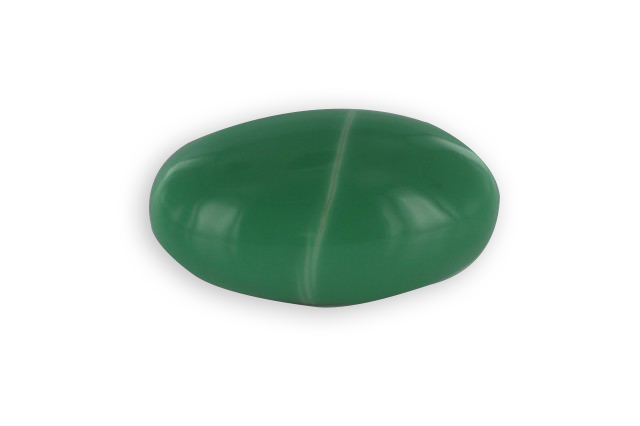
opaque
Je vous emmène à travers mes vidéos découvrir mon expérience acquise depuis plus de 30 ans a silloner le globe entier à la recherche de pierres précieuses, de rencontre mémorables mais aussi de difficulté parfois …
actualités
Categories


zoisite
Identified by Werner in 1805 in the Austrian Alps, it was named after the Austrian Siegmund Zois, Baron von Edelstein (1747-1819). It is part of the epidote group. Its best-known variety is tanzanite which is not a mineral recognized by the International Mineralogical Commission for


wolframite
Its name comes from the german, “ wolfram” being the name of tungsten, which is its main component. The hubnerite variety is rich in manganese, of a rather red color, transparent and in slices, it was named after the german Adolph Huebner. The ferberite variety

vesuvianite
Its name comes from the Vesuvius (Italy) where it was discovered, it is also called vesuvienne, idocrase, wiluite (form the Wilui River in Yakutia, Russia). The californite variety, discovered in 1963 by the famous mineralogist Kunz, is a massive, persistent and green variety of vesuvianite

variscite
It recalls the old name of Vogtland (southern Saxony, Germany) called Variscia in Latin, where it was discovered in the valley of the Mess. A massive variety, found in the United States (Nevada,) with interpenetration of veinlets or quartz nodules and chalcedony, is called “amatrix”



